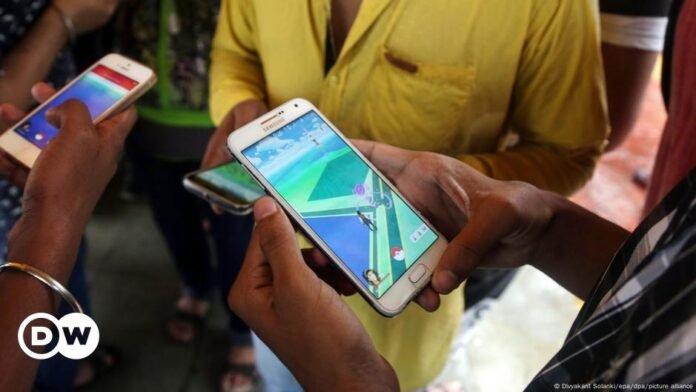Satellite internet in India is poised for substantial growth, with alliances emerging between satellite operators and local telecom companies.
Satellite internet access will improve the lives of Indians living in remote and underdeveloped areas where traditional internet infrastructure such as DSL or cable is unavailable, reducing access to education, healthcare and e-commerce.
Although mobile internet penetration is high, with approximately 876 million mobile broadband users, many of these users still experience connectivity and speed issues.
An estimated 665 million people in India, about 45% of the population, do not have access to the internet, according to a joint study published in February 2024 by the Internet and Mobile Association of India (IAMAI) and Kantar, an analytics firm.
While more and more Indians have access to the internet, there is also a significant digital divide, with connectivity in rural areas limited or non-existent compared to urban areas.
India has the second highest number of internet users in the world.
“Satellite internet will provide quick relief to the underprivileged, especially in rural India,” said Sunil Parekh, co-founder of TechXchange, an organization that supports Indian innovation and startups.
“While satellite internet costs may be higher and speeds vary depending on the provider, video calling, education, healthcare and payment services can work well,” he told DW.
According to Deloitte, a UK-based professional services network, India’s satellite broadband services market is expected to grow 36% annually to US$1.9 billion (€1.75 billion) by 2030.
The introduction of Low Earth Orbit (LEO) satellites significantly improves service quality by providing lower latency and higher speeds compared to traditional geostationary satellites.
Competition for the spectrum
Competition in India’s satellite broadband spectrum is increasing, with about half a dozen major players.
Indian tycoon Mukesh Ambani’s Reliance Jio has partnered with Luxembourg-based SES Astra, a top satellite operator. Other global giants such as Amazon’s Kuiper and Elon Musk’s Starlink are also vying for a spot.
Starlink has received in-principle approval from the Indian government but is awaiting final vetting, even though it has more than 6,400 satellites in orbit and millions of subscribers.
The Indian government is considering an administrative approach to spectrum allocation instead of auctions, which could facilitate faster access for satellite providers like Starlink.
The exact start date for satellite internet services is subject to receiving final regulatory approvals.
“The issue of spectrum sharing based on administrative allocation versus auction remains an issue between US players and Indian telecom giants,” Parekh said.
“The government intends to follow international guidelines based on administrative allocation. Overall, satellite internet is a good development in digitizing India in remote areas of the country,” he added.
Satellite internet suitable for rural India
Satellite networks are less susceptible to damage from natural disasters compared to terrestrial systems and services can be quickly restored even if local infrastructure is at risk.
Shrijay Sheth, founder of Legalwiz.in, a consultancy firm, said that while India already has high internet penetration, both in terms of data consumption and digital commerce, the advancement of satellite internet will result in increased adoption and cost reductions through economies of scale.
“It will extend the reach where internet access is currently limited due to physical infrastructure requirements,” Sheth told DW.
“Low Earth Orbit (LEO) satellite constellations such as Starlink and OneWeb are seeing early success, and India’s commitment to space technology will be a direct boost to domestic innovation within this space,” Sheth added.
The Indian government recently approved more than 10 billion rupees ($135 million) to support space technology startups.
The recent approval of 10,000 million rupees (110 million euros) for a venture capital fund for space technology startups has been a boost.
The Indian government has also opened the door to 100% foreign direct investment in satellite manufacturing components without prior approval, attracting significant investor interest.
“This is a ripe opportunity for the rural population, which will give them access to essential services such as telemedicine and digital education, while creating opportunities for new connected industries,” Sheth added.
High costs
High costs remain an obstacle to satellite internet services as a consumer product. Setting up satcom technology is expensive and it is difficult to compete with the low prices of terrestrial DSL and mobile broadband services.
However, experts believe that given the benefits that satellite broadband brings in bridging the digital divide and unlocking the potential of India’s underserved regions, operators will keep costs low.
“What Jio has achieved with broadband in moderately populated areas of India, satellite broadband promises to do in underpopulated and unconnected parts of India,” said Yash Shah of Momentum91, a custom software development company.
“This technology promises to bring a completely new population wave to the connected world,” Shah added.
“Every company wants to be part of this revolution. It remains to be seen whether this will be achieved by a global player or a local player,” said Shah.
Edited by: Wesley Rahn





